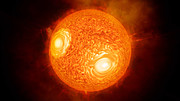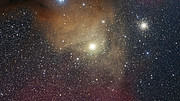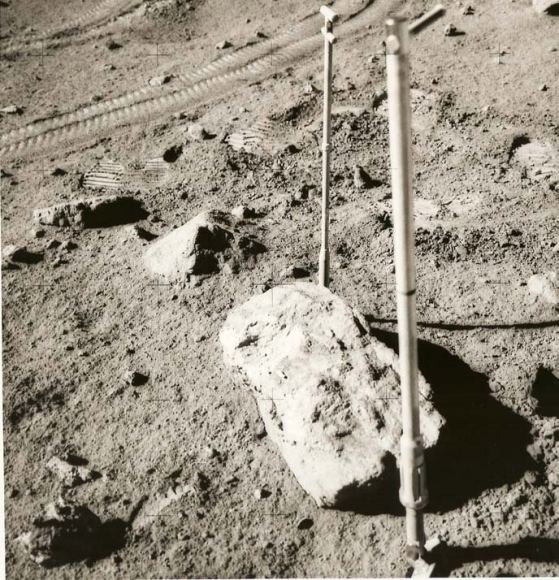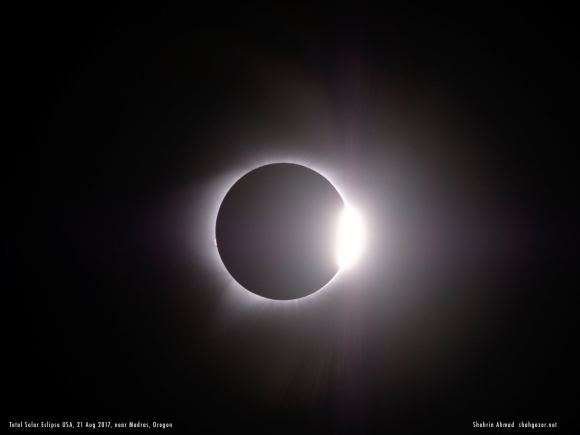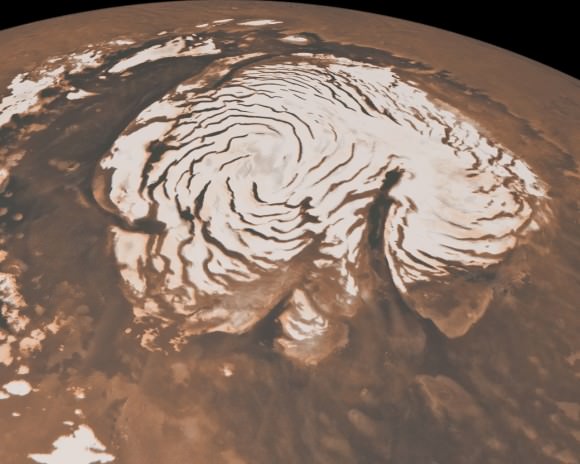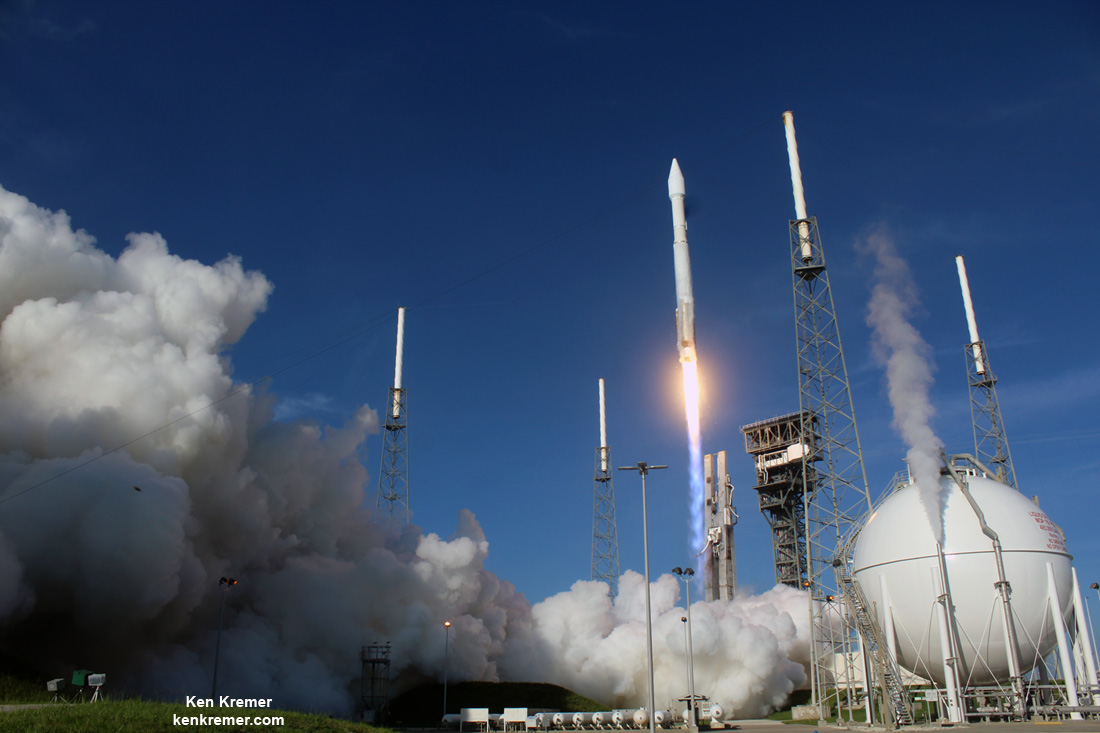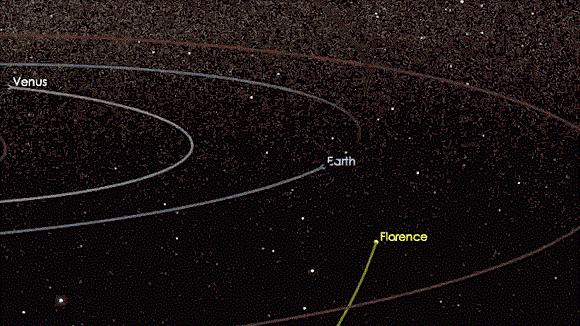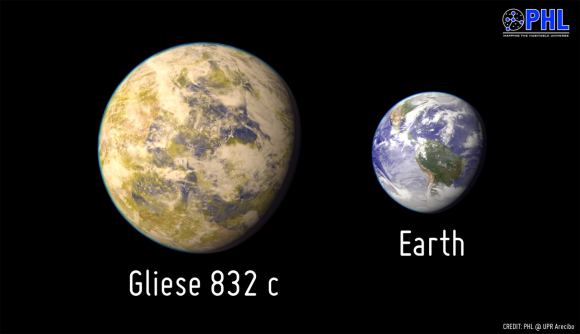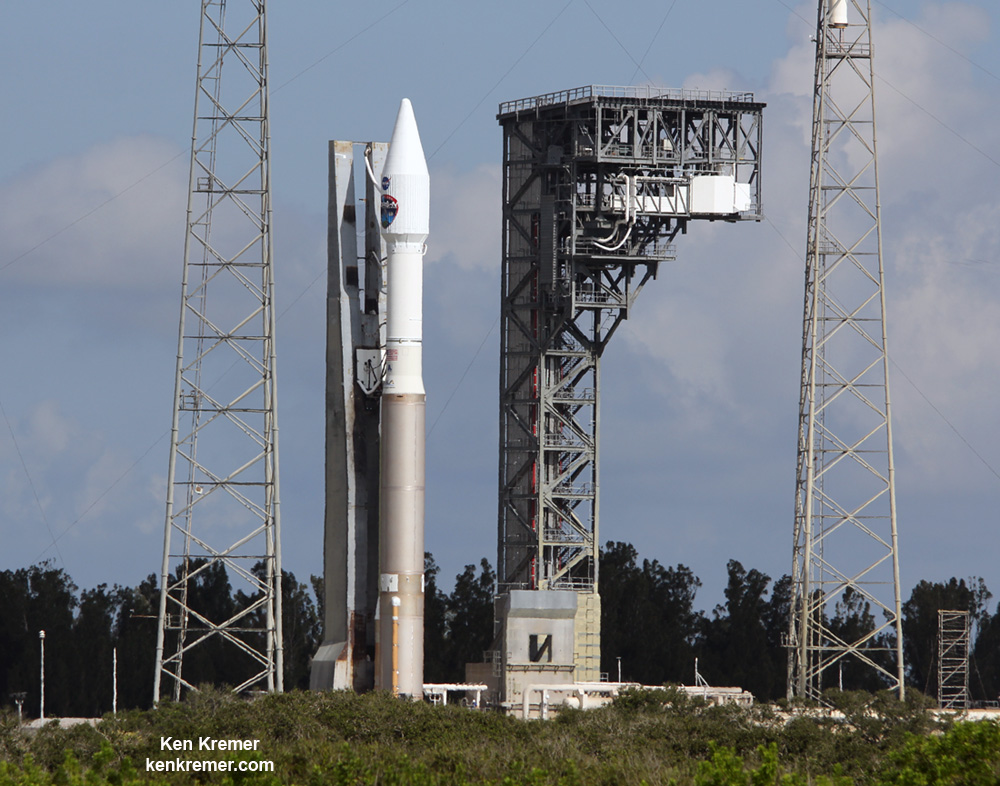ESOcast 123 Light: Best Ever Image of a Star’s Surface and Atmosphere (4K UHD)
ESOcast 123 Light: Best Ever Image of a Star’s Surface and Atmosphere (4K UHD) Using ESO’s Very Large Telescope Interferometer astronomers have constructed the most detailed image ever of a star — the red supergiant star Antares. They have also made the first map of the velocities of material the atmosphere of a star other than the Sun, revealing unexpected turbulence in Antares’s huge extended atmosphere. Powered by WPeMaticoRead More →
